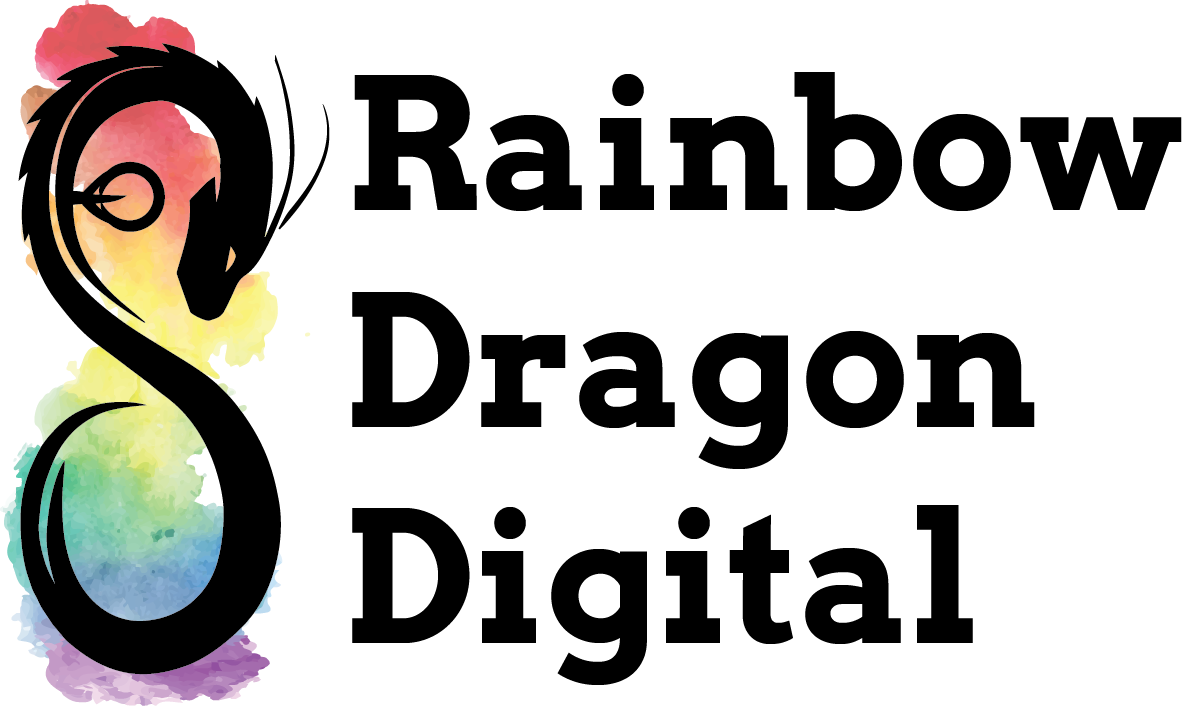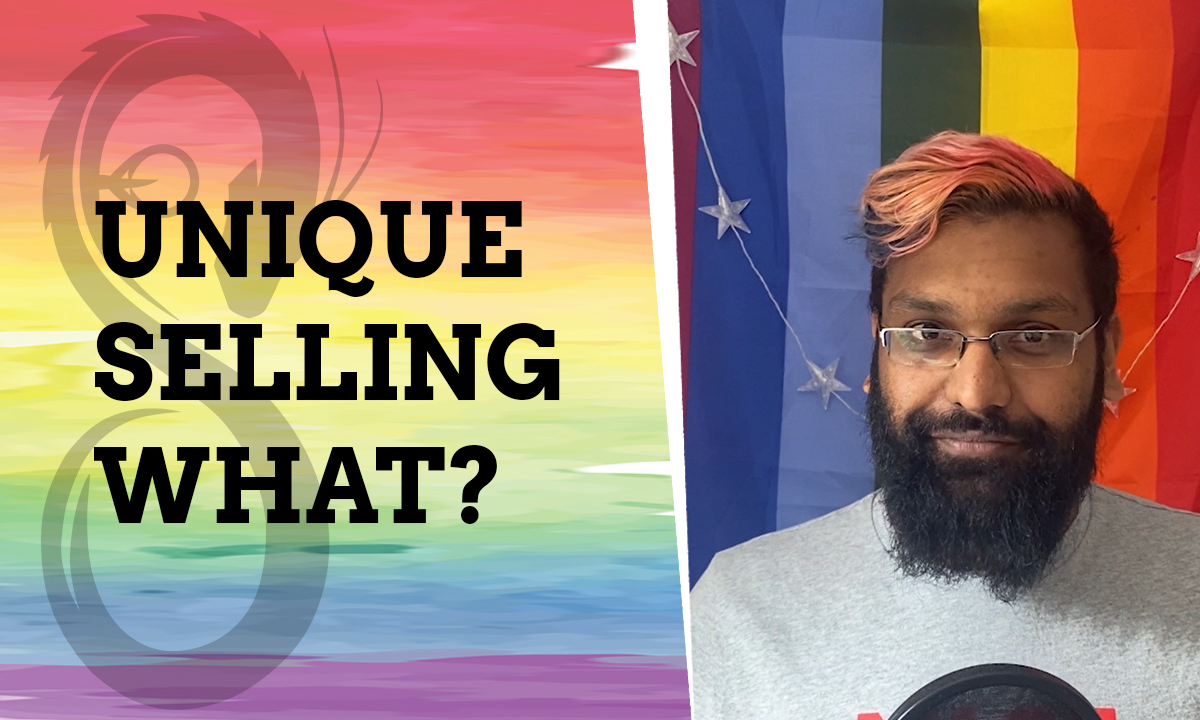The term “USP” has become quite standard in the world of digital marketing. And many entrepreneurs often believe they already know what their “unique selling proposition” is.
But is is truly a proposition that sells?And is it truly unique?
Here’s a litmus test for checking your USP is truly what makes your product or service stand out in the crowd.
Don’t like videos? Here’s the text version:
USP stands for Unique Selling Proposition but how do you make sure that it is unique and that it actually sells?
In this video today I’m going to explain a really simple concept of how you work out what your unique selling proposition is.
Please remember to subscribe to my YouTube channel so that you can get updates on when I release new videos.
What is a USP and Why Does It Matter?
The USP is your Unique Selling Proposition and what that means is that it’s the reason why people should buy your product. It’s the reason why you stand out in the market.
Most entrepreneurs when they think of their USP, they usually think of the features to do with their product and the way that it works. Maybe the way it’s got some like proprietary technology or whatever. And that’s good, it’s a start, but it’s not the complete idea of a Unique Selling Proposition – it’s kind of just the proposition.
But there’s a simple Venn diagram that you can use to make sure that when you’re getting your Unique Selling Proposition that it’s unique and that it’s a selling proposition.
The 3 Circles of the USP Venn Diagram
The very first circle at the top is what you do well. Most entrepreneurs know this. You know what your service or product is, you know what quality it is, you know you know how you are really good at doing this thing.
But then you’ve got your second circle. Your second circle is what the customer actually wants. And this is why the Unique Selling Proposition is step two in the content-led strategy – because step one is identifying your target person and getting inside their head. When you’re inside the head of your target person, you know what they actually want. You know the things that make them tick. You know their wants, you know their needs, you know their fears, you know their frustrations.
So, when you look at the things that you do, you need to put them in the words of the customer’s desires of the customers fears, of the customer’s frustrations, of the customer’s needs. You need to make sure that you’re talking about it on an emotional level in the way that they talk about it.
But at that point, you’ve still only got selling propositions. And these are important – it’s important to have a good long list of all of the things that you do well that are worded in the way that your customer wants to hear about it, or why it matters to the customer at all. But you haven’t yet made it unique.
In order to make it unique, you need that last circle on the Venn diagram. That last circle is what your competitors do not do well. And that little middle triangular bit of that Venn diagram that’s where your unique selling proposition lies.
Because if your competitors aren’t doing it, then it’s unique. Then you stand out in the crowd.
But even if your customer really freaking wants something and your competitor is saying the exact same thing as you there’s no way that they’re going to differentiate between you and them. And if your competitor is saying something else that you’re not saying they’ll choose them. But if you are talking about something that the customer really wants, and it’s something that you do really well, and your competitors are not talking about it – it’s a unique selling proposition.
Bring Your Unique Selling Proposition Front and Centre
Now a lot of people have difficulty with this because the uniqueness is the bit that’s difficult. Sometimes you find that your competitors are doing it but they’re not talking about it. And that’s an opportunity – it’s an opportunity to bring that message front and centre.
And this is the whole point. It’s bringing your unique selling proposition front and centre.
Your other selling propositions should be there but further down the page. Further down your brochure, further down whatever you’re doing.
Your unique selling proposition is your starting point for every piece of content you create. If you can push that unique selling proposition first, then you can go on to the other selling propositions.
I hope that was helpful. Subscribe to my YouTube channel and you’ll get updates on when I release new videos on the different steps in the content-led marketing strategy.
And if you are an ethical and sustainable business and you want help with your marketing you want some advice on your marketing please get in touch using the form below – I want to help you even if you can’t afford it.

